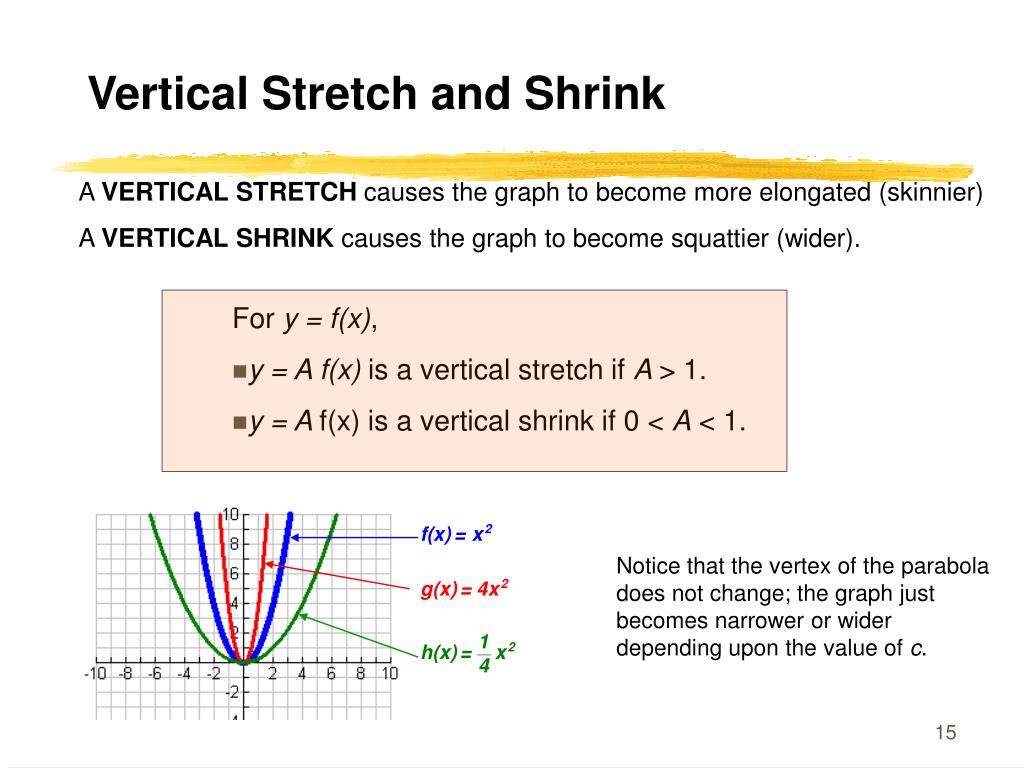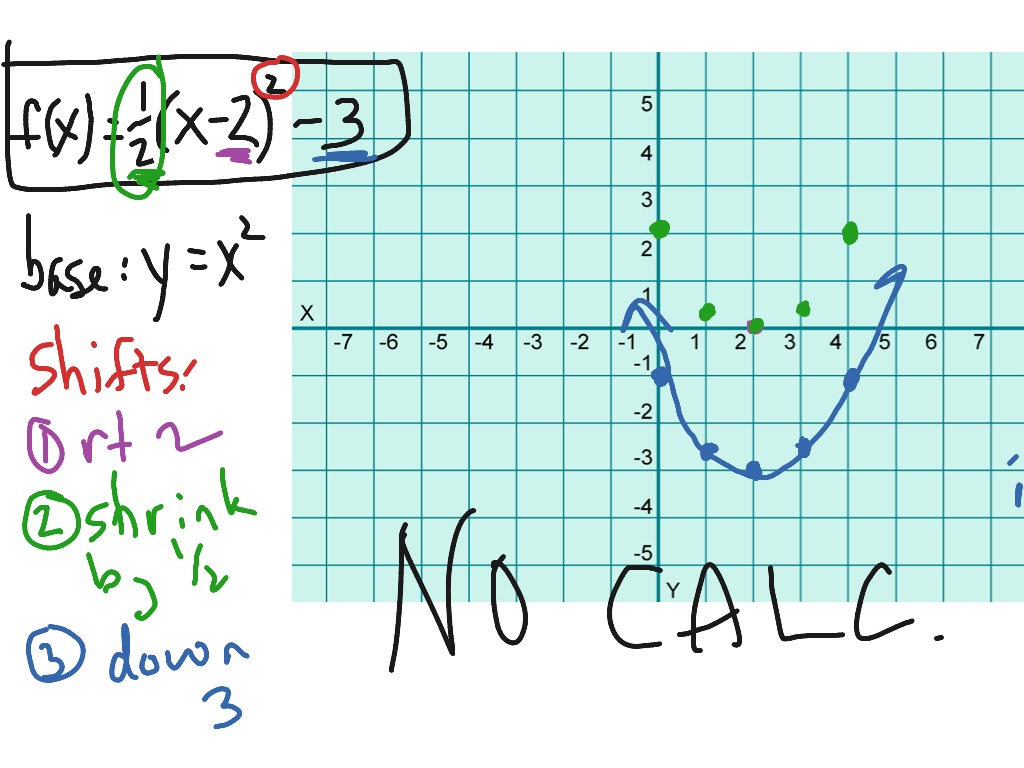

Ok so here's an example consider the graph of G of x equals the square root of x we want to describe. Video quote: And the absolute value that number being between 0 & 1 you're going to get a vertical shrink. If the constant is greater than 1, we get a vertical stretch if the constant is between 0 and 1, we get a vertical compression. When we multiply a function by a positive constant, we get a function whose graph is stretched or compressed vertically in relation to the graph of the original function. What is vertical compression and stretch? Horizontal stretching means making the x-value bigger for any given value of y, and you can do it by multiplying x by a fraction before any other operations.

Vertical compression means making the y-value smaller for any given value of x, and you can do it by multiplying the entire function by something less than 1. Video quote: By a factor of a notice if we look at y equals f of X here in blue y equals 2 times f of X is a vertical stretch and if we graph y equals 0.5 times f of X. Is vertical compression shrink or stretch? When a function is vertically stretched, we expect its graph’s y values to be farther from the x-axis. This results in the graph being pulled outward but retaining the input values (or x). What is a vertical stretch? Vertical stretch occurs when a base graph is multiplied by a certain factor that is greater than 1. How do you find the horizontal stretch?.What is a horizontal stretch and shrink?.What’s the difference between vertical and horizontal?.How do you tell if it is a vertical or horizontal stretch?.Is vertical compression the same as horizontal stretch?.What is vertical compression and stretch?.How do you tell if a graph is a shrink or stretch?.

Is vertical compression shrink or stretch?.


 0 kommentar(er)
0 kommentar(er)
